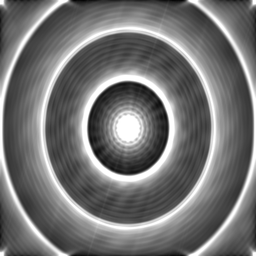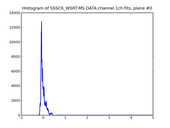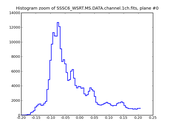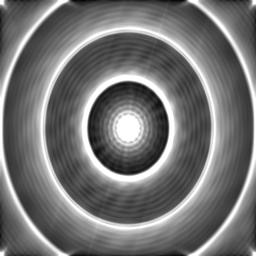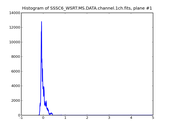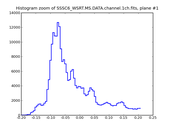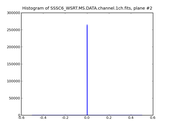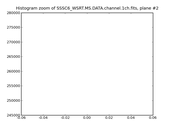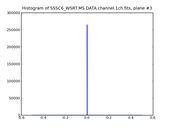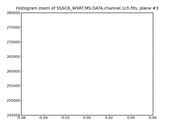 |
image_dirty_runtime.png |
SSSC6_WSRT.MS.DATA.channel.1ch.fits (header)
1x4x512x512 FITS cube, 4 planes are given below. |
|
Image plane #0. | data range: | -0.198724,4.98532 |
| mean: | -0.00616115 |
| sigma: | 0.122663 |
| clipping: | 95% |
| clip range: | -0.198724,0.211342 |
|
|
Image plane #1. | data range: | -0.198724,4.98532 |
| mean: | -0.00616115 |
| sigma: | 0.122663 |
| clipping: | 95% |
| clip range: | -0.198724,0.211342 |
|
|
Image plane #2. | data range: | 0,0 |
| mean: | 0 |
| sigma: | 0 |
| clipping: | 95% |
| clip range: | 0,0.000976562 |
|
|
Image plane #3. | data range: | 0,0 |
| mean: | 0 |
| sigma: | 0 |
| clipping: | 95% |
| clip range: | 0,0.000976562 |
|
 |
some_visibility_data.png |
 |
image_residuals.png |
SSSC6_WSRT.MS.CORRECTED_DATA.channel.1ch.fits (header)
1x4x512x512 FITS cube, 4 planes are given below. |
|
Image plane #0. | data range: | -2.39581e-09,2.90325e-09 |
| mean: | 4.52573e-12 |
| sigma: | 5.71659e-10 |
| clipping: | 95% |
| clip range: | -1.1228e-09,1.14897e-09 |
|
|
Image plane #1. | data range: | -2.39581e-09,2.90325e-09 |
| mean: | 4.52573e-12 |
| sigma: | 5.71659e-10 |
| clipping: | 95% |
| clip range: | -1.1228e-09,1.14897e-09 |
|
|
Image plane #2. | data range: | 0,0 |
| mean: | 0 |
| sigma: | 0 |
| clipping: | 95% |
| clip range: | 0,0.000976562 |
|
|
Image plane #3. | data range: | 0,0 |
| mean: | 0 |
| sigma: | 0 |
| clipping: | 95% |
| clip range: | 0,0.000976562 |
|
.tdl.conf |

